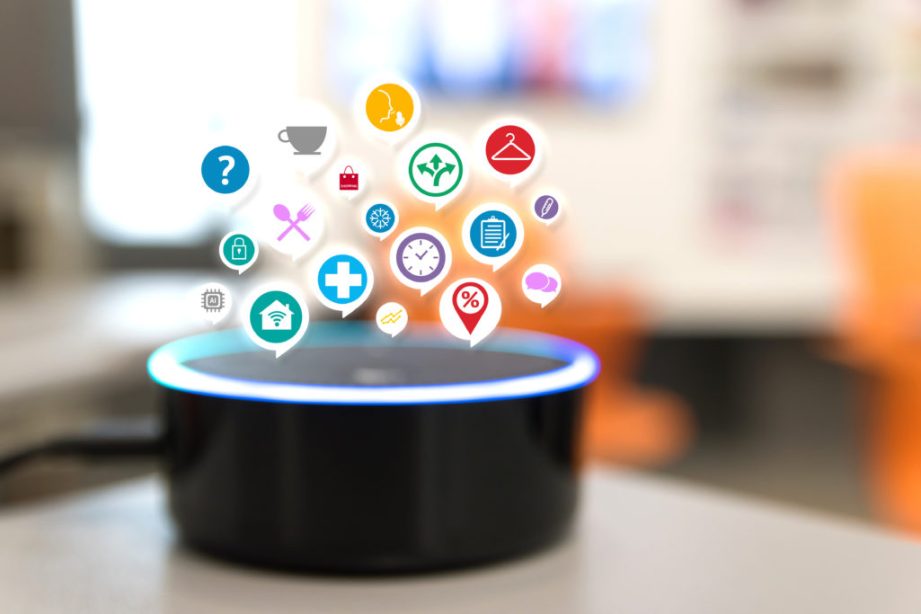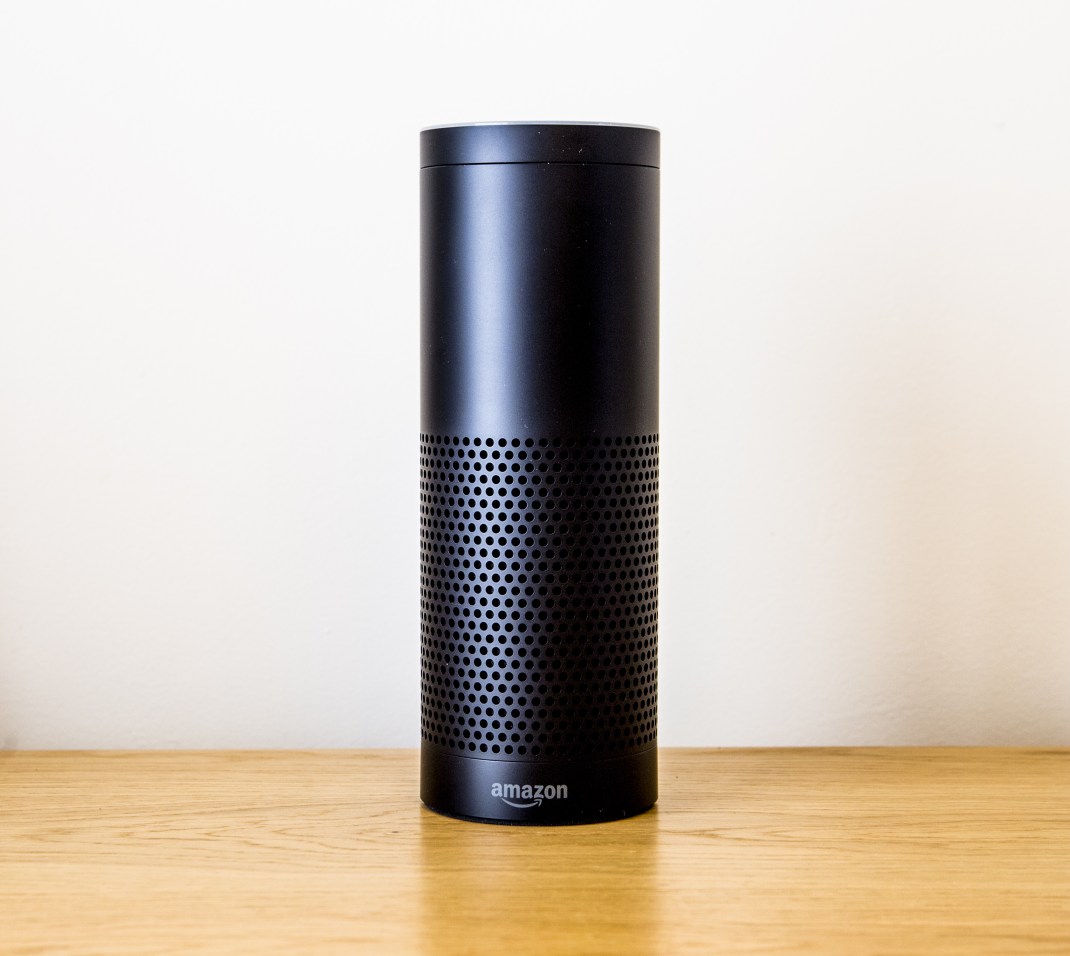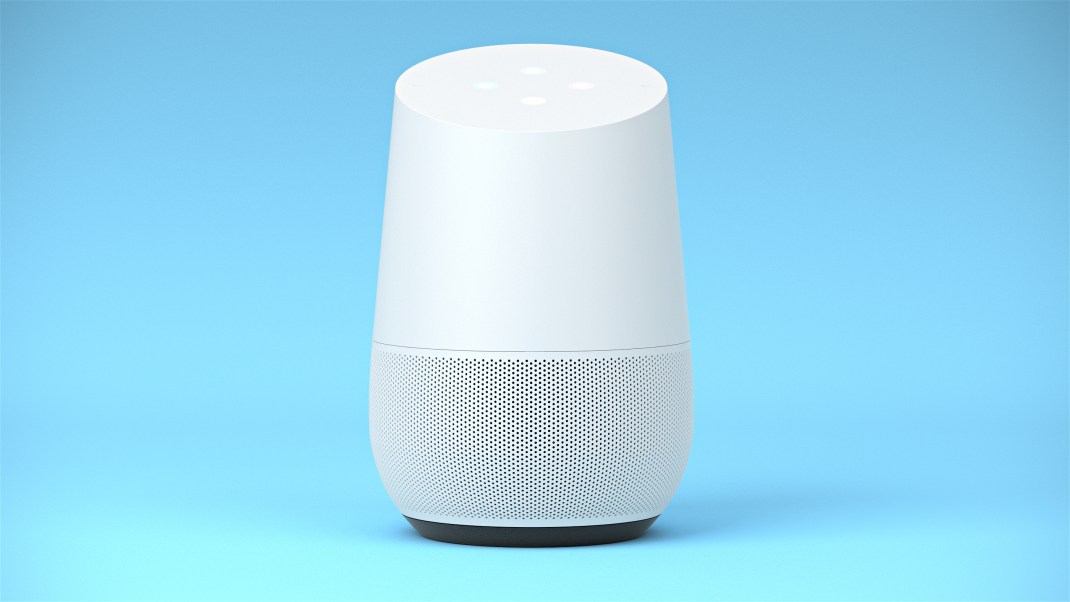Home Assistants as Assistive Technology

We’ve covered the various ways in which a smart phone can be used hands-free, and the ways in which that can serve as assistive technology. But what if there was a device that was designed to be activated and used almost exclusively via voice commands? Enter the home assistant, a new and revolutionary type of virtual assistant that’s already been adopted by millions of households worldwide! Because these devices were created with universal design in mind, they are highly accessible and easy to use; in fact, the vast majority of those users do not actually require assistive technology.
Right now, the two titans of this emerging technology are Amazon Echo and Google Home, and these two products will be the focus of our article today. Both of these devices are powered by powerful AI (Artificial Intelligence), and both brands of home assistants feature a diverse line of Smart Speakers (AI-powered speakers) that range from $50-$400, and require little to no installation. Recognizing that there is such a diverse array of home-based assistants, this article will focus on the “flagship” products in each line, which retail for around $100 each. So, let’s see how these very similar home assistant devices stack up against each other in their ability to work as assistive technology!
What can they both do?
- Answer Questions: Both devices are designed to answer a variety of questions such as “what’s the weather like today?” or “What are the top news headlines today”, but because Google Home has the advantage of being tied to Google’s massive search engine, it tends to perform this function better.
Helpful for: Allowing users with mobility or visual challenges to easily acquire essential information such as weather, news, etc.
- Give Directions: Both devices have the ability to provide directions to users. However, Amazon’s Echo device requires users to use the Alexa app for this functionality, while google is able to calculate and instantly send directions directly to your smartphone without having to use the Google Home app.
Helpful for: Hands-free directions for users with visual, mobility, or attention challenges.
- Play Music: When it comes to playing music, the two devices are more or less on par with each other. Both offer access to most major music subscription services.
Helpful for: Playing music without having to push a button. Helpful for users with visual, organizational, or physical challenges.
- Smart Home Capability: While Amazon has a slight edge in terms of smart home possibilities (especially when you look all of the smart home related skills available) Google Home is still a strong contender.
Helpful for: Controlling your home’s lighting, heating, and security. For assistive technology users with mobility challenges, this could be an invaluable timesaver.
What makes the Amazon Echo different?

- Alexa skills: Amazon skills are add-ons that can be downloaded through the Amazon Alexa app. These add-ons range from games, to news, to smart home functionality. New skills are being added every day, and right now, Amazon boasts over ten thousand skills.
Helpful for: Productivity, Entertainment, Information, and more. The possibilities are virtually endless, and more skills are being added every day. There are skills designed for users with challenges related to organization, productivity, communication, anxiety, and beyond. The diversity of assistive technology skills that Alexa offers is amazing, but, because these apps must be accessed through the app, and are not always free, the acquisition of these skills can sometimes present barriers that might be difficult for some assistive technology users to overcome.
- The Amazon connection: Because the Echo is an Amazon device, users are able to order items directly from Amazon using voice control, something that may seems gimmicky to some users, but could be a major time-saver for users with motor control or visual challenges.
Helpful for: Improving independence in assistive technology users with visual, motor control, or attention challenges.
What makes the Google Home different?

- Advanced AI: Simply having AI does not make Google Home different, but the way in which users can interact with the AI does. Not only is Google’s AI more conversational and easier to interact with, it benefits from Google’s vast directory or knowledge. While it’s likely that Amazon will vastly improve upon its current AI, it’s unlikely that it will ever have access to the same volume and quality of knowledge.
Helpful for: Easily asking questions related to news, weather, and other facts without having to download any additional skills. Good for users with visual, motor control, or attention challenges.
- Google Maps: While Amazon’s Alexa requires users to enter map details into the app, Google Home will allow you get those same details using only your voice. After which point Google sends the directions directly to your phone using Google Maps, the most powerful free GPS technology available.
Helpful for: Planning the faster route with as few barriers as possible. Could be used by individuals with visual, motor control, or attention challenges.
- Calendar: Google Home is able to tie-in with your Google Calendar, allowing you to add, cancel, or alter events, set reminders, and generally do the things you would normally do with calendar, while exclusively using voice commands.
Helpful for: Individuals with organizational or visual challenges.
The Verdict
Although the Amazon Echo has the potential to do more than Google Home by way of its diverse and ever growing list of “Alexa skills”, users are required to find and download these skills, which could prove to be a major barrier for many assistive technology users. Simply put, Google Home is a simpler product which presents its users with comparably fewer barriers in its use. Both of these devices are innovative and powerful products that are going to hugely impact the ways in which we interact with our homes, but because Google Home has been universally designed to be as barrier-free as possible, we consider it to be the better piece of Assistive Technology.
Tags: assistive technology, AT HelpDesk



